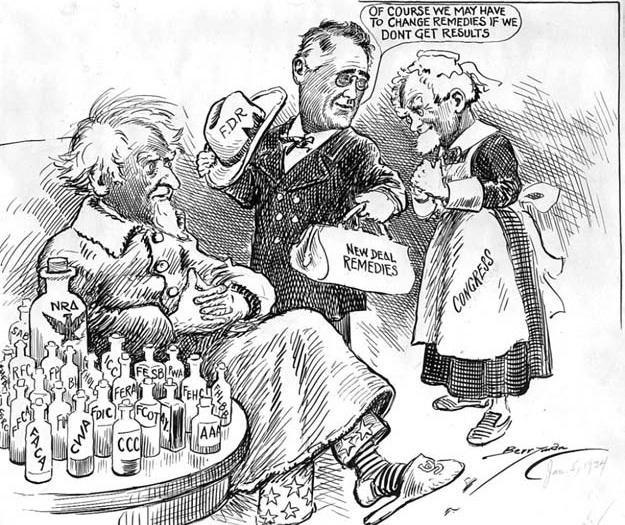Alright, let me tell you about this dive I took into New Deal political cartoons. It wasn’t some grand academic exercise, more like a real hands-on thing that kinda snowballed. You see these things in history books, and they look pretty simple, right? Wrong. So wrong.
It all started pretty randomly. My kid – well, my nephew, but he’s like a son to me – came home with this school project. He’s in high school, and they were doing the Great Depression. He had this one political cartoon, and he was just staring at it, completely lost. He shoves it at me and goes, “Uncle, what is this even supposed to BE?” And you know what? Looking at it, all squiggly lines and old-timey faces, I kinda got his confusion. It wasn’t immediately obvious what the artist was getting at.

Figuring Out the Puzzle
So, I thought, okay, challenge accepted. We can figure this out. It’s just a drawing with a message. How hard can it be? Turns out, pretty darn hard if you don’t know what you’re looking for. These cartoonists back in the 30s, they weren’t just doodling. They were packing a punch, and they used a whole visual language that’s mostly lost on us today.
First thing we did was just try to identify the main characters. Sometimes you get lucky, and Franklin D. Roosevelt is clear as day, maybe with his distinct glasses or that famous grin. But other times, it’s some symbolic dude representing ‘Big Business’ or ‘The Common Man’, and you’re left scratching your head. We spent a good ten minutes on one cartoon just trying to decide if a guy in a top hat was a specific banker or just ‘The Rich’.
Then, we started looking for all the little details. And I mean little. These cartoons are often crammed with them. We made a sort of checklist for what to spot:
- Any labels on bags, buildings, or even on people’s clothes. Those are goldmines. Stuff like ‘NRA’, ‘AAA’, ‘WPA’ – all those New Deal agencies. We had to keep a separate tab open just to Google what all those acronyms meant!
- The facial expressions. Are people angry, scared, hopeful, scheming? It tells you a lot about the mood.
- What are they actually doing? Is someone drowning? Getting a injection? Building something? Pulling a giant lever?
- Who seems to be winning or losing in the picture?
We found one that showed FDR as a doctor, juggling a whole bunch of bottles labeled with different New Deal programs, trying to cure a very sick-looking Uncle Sam. The caption was something like, “Let’s hope ONE of these works!” It really showed the desperation and the experimental nature of the whole New Deal. Was the cartoonist supporting him? Making fun of him? It was actually hard to tell for sure, which I guess was part of the point sometimes.
The Real Takeaway
What really got me through this whole process was realizing these weren’t just static images. They were arguments. They were opinions shouted from a newspaper page. Some cartoons were fiercely anti-Roosevelt, painting him as a dictator spending the country into ruin. Others showed him as a savior, battling the monsters of depression and poverty. There was no middle ground, really.
We spent a whole afternoon on just a couple of these. We’d find a symbol, Google it, discuss what it meant in context, then try to piece together the cartoonist’s overall message. It was like detective work. And you know, by the end, my nephew actually started getting into it. He started pointing things out, saying, “Hey, look, that guy’s supposed to be a Wall Street banker, and he looks really mad about that new law!”
So yeah, that was my “practice” with New Deal political cartoons. Started as helping with homework, ended up being a pretty interesting journey into how people saw their world back then. It’s more than just history; it’s about how people communicate when things get tough. And it makes you think, doesn’t it? How will folks in the future look back at our ways of yelling about politics? Probably be just as puzzled by our memes as we were by some of those old drawings.
















